2013-04-01 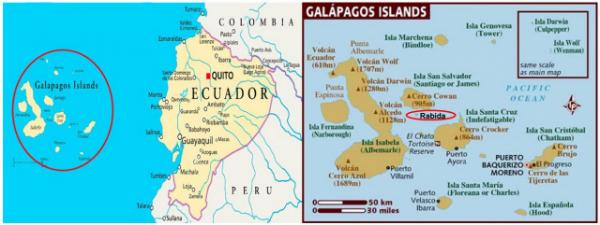
【Aiden in English】
Mom and I had a quick lunch and began preparing for our afternoon activity. This time, we visited Rabida, an uninhabited island of red sand, rocks, and dirt made of iron-rich lava. Rabida Island looked like the top of an old volcanic cone bathed in crimson. The bright red ground sat amid coves and lagoons with clear blue water. All exotic wildlife lived in their spectacular natural habitat. After a startlingly rust-red beach came, the volcanic mountain with the bright glowing sun beat down on us. The landscapes of Rabida Island were visually stunning and reminded me of the Savanna, with a green fringe of straggling opuntias or paddle cacti featuring yellow flowers. I noticed something different. The arborescent cacti on Santiago Island in the Galapagos grew tall to escape from animals that ate their fruits. In Rabida, the shrubby cacti were short, and barely any animals ate the fruit. Most of the cactus fruit was still intact, even though some were ripe. It seemed as though the plants were well-adapted to natural selection. As we walked on a trail inside the mangroves, I heard a lot of chirping. When I looked up, there stood a mockingbird. Another bird I recognized was the finch named by Charles Darwin, the author of The Origin of Species. Every island had finches, but all were different in texture, color, or beak; on the salt bushes that lined the shore, several couples of pelicans nested even in the wet season, which was not usual. We made our way back to the red sand beach for snorkeling. There were more tropical fish on Rabida Island than on Santiago Island. They swam in schools, gathered in groups, and darted off together like a family, but would disperse immediately when a large fish came. Then I stopped dead. In front of me was a shark! Yes, I meant about a meter-long, white-tipped reef carnivore shark. Now you might be thinking, AHHH! Or something was like that. This cute guy was roaming around like any other fish. Occasionally, he would take a snack. Ok, that would be scary and gross. But it could be an incredible experience for me. I quickly swam to the shore and would tell Mom about it. As I approached, she squealed with delight like a child and guided me to where some sea lions were bearing their babies and others were basking or just playing on the beach. I stood behind her, by her side, kneeling, and in many more poses, as she requested. I always did what Mom would want me to do with her pictures. But them what? I was going to ask Mom about it. However, we had to return to the ship. So, I decided to leave it as a surprise after we embarked on the boat. Rabida Island was an admiring place to explore the natural beauty. 【红霞译】
我和妈妈匆匆吃过午餐,立刻加入下午游览活动队列之中,这回我们要去拉比达“前哨”岛,岛上无人居住,红岩、红沙、红土等火山地貌富含铁质,似有“炙翻四海波,天地人烹煮”之势。 拉比达岛实为老火山锥,山上山下浑然一色,表面被太阳烘烤得红里透紫,火辣辣的色调将碧波荡漾的海湾与泻湖衬托得迤逦多姿,这里的珍禽异兽全部生活在照此风景如画的自然环境中。 血红般的海滩和火山组成一条亮丽的风景线,当头的烈日好比“火轮杲杲悬中天,下铄大地生青烟”,我们浑身有股烧焦的味道。拉比达岛的景致让我联想起大草原遍地生长着绿茎刺毛黄花,我注意到圣地亚哥“后继者”岛的仙人掌树状高大,这样动物才不会轻易吃到果子;而拉比达岛的仙人掌灌状低矮,因为几乎没有什么动物来吃果子,所以大部分的仙人掌果仍然完好无缺,尽管其中一些瓜熟蒂落。物竞天择适者生存,看来植物依赖本能,在自然选择中茁壮成长。
我们继续深入红树林,此刻百鸟争鸣,循声向上望去,只见仿声鸟正在歌唱,我轻而易举地辨认出达尔文雀,其名称归功于《物种起源》的作者查尔斯·达尔文“自由人·亲爱的朋友”。加拉帕戈斯“巨龟”群岛中雀科鸣鸟算得上相当普及的飞禽,但是各个岛上的种属不一,由于环境差异,造成达尔文雀的羽毛、颜色、喙形均有不同;成双结对的棕鹈鹕巢居岸边盐生灌木丛中,这种现象在时下雨季并不常见。 返程之前,我再度来到红沙滩潜水,拉比达岛水下世界要比圣地亚哥岛丰富得多,热带鱼群穿梭不止,似乎全家集体出动,一旦途中碰到大鱼,它们马上让路,自动分散开来。眼前出现一条鲨鱼,我惊呆了,的确没错,它是条一米长的白鳍礁鲨,这下你该明白哈!这个可爱的家伙跟其它鱼儿没啥两样,在水里游来游去,时不时会张口吃些茶点蚕食生灵,说起来不但挺吓人,而且很恶心,当然给我增添了新鲜阅历。我很快游回岸边,等我刚走上前来正打算告知妈妈时,她却滔滔不绝说个没完,反倒像小孩子掩饰不住内心的激动,原来一只母海狮正在海滩上喂养自己的宝宝,母子两位勾肩搭背亲密无间。这时妈妈抓紧拍照,一会儿指挥我站在海狮之后,一会儿命令我站到侧面,一会儿要求我屈身弯腰,刹那间导演出许多姿势,我尽量配合,因为机会难得,接下来咬它们一口?尚未来得及询问妈妈,回程的时间已到,我只好留待上船以后再说。 拉比达岛的自然之美令我羡慕不已。 Today in History(历史上的今天): 2013: James Bay of Santiago Is, Ecuador(厄瓜多尔圣地亚哥·詹姆斯湾) 2012: 演讲训练(Speech Practice) 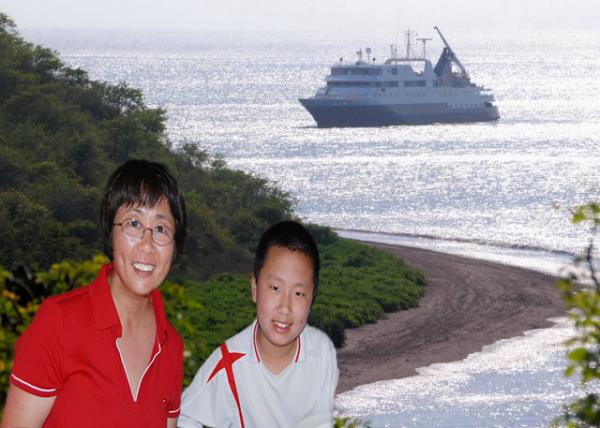 Celebrity Xpedition Moored by Rabida Island Celebrity Xpedition Moored by Rabida Island
(“名人·远征”号游轮停靠拉比达岛边 04-01-2013) 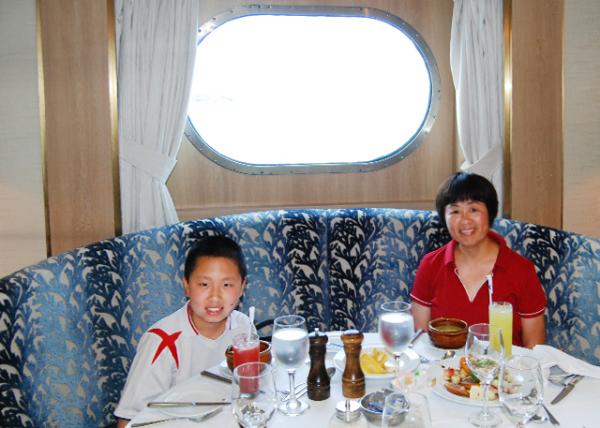 Lunch @ Celebrity Xpedition Lunch @ Celebrity Xpedition
(“名人·远征”号游轮——午餐 04-01-2013) 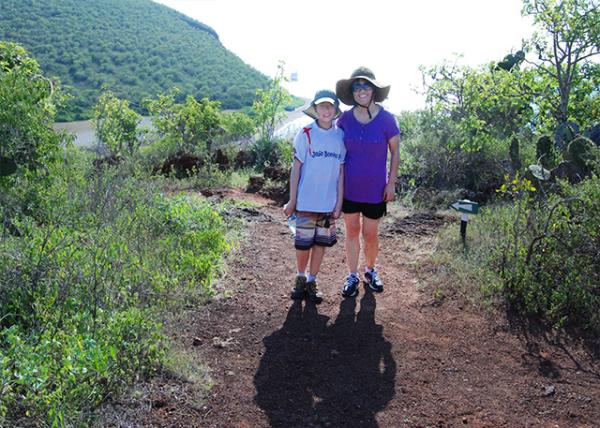 Palo Santo Forest, Endemic to the Galapagos Islands, Associated w/ Healing & Cleansing Powers Palo Santo Forest, Endemic to the Galapagos Islands, Associated w/ Healing & Cleansing Powers
(加拉帕戈斯群岛特有的圣木·具有治愈和净化功效 04-01-2013) 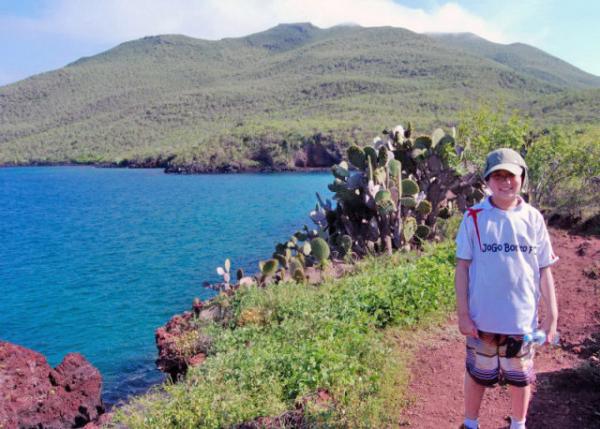 Rabida Island Boasting Several Volcanic Craters & Rugged Shorelines Rabida Island Boasting Several Volcanic Craters & Rugged Shorelines
(拉比达岛·拥有若干火山口和崎岖海岸线 04-01-2013)
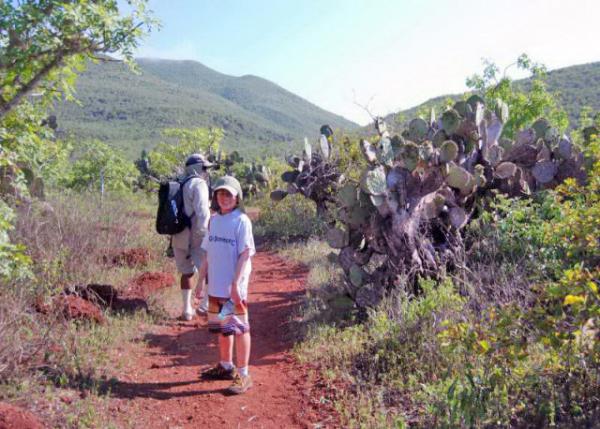 Basaltic Lava Poured out of Scoria Cones in Iron Oxide & Magnesium Basaltic Lava Poured out of Scoria Cones in Iron Oxide & Magnesium
(来自富含氧化铁和氧化镁火山渣锥的玄武石熔岩 04-01-2013)
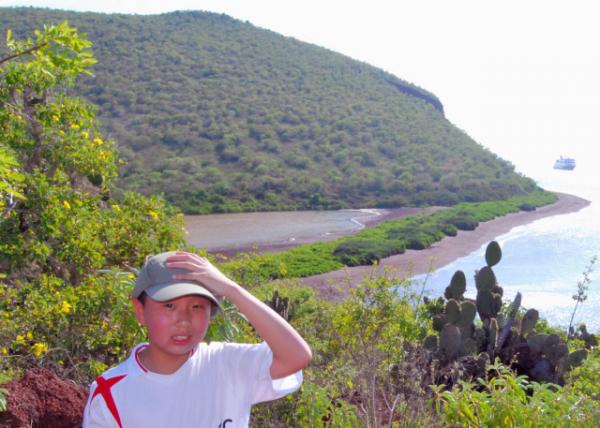 Rocky Cove (岩石小海湾 04-01-2013) Rocky Cove (岩石小海湾 04-01-2013)
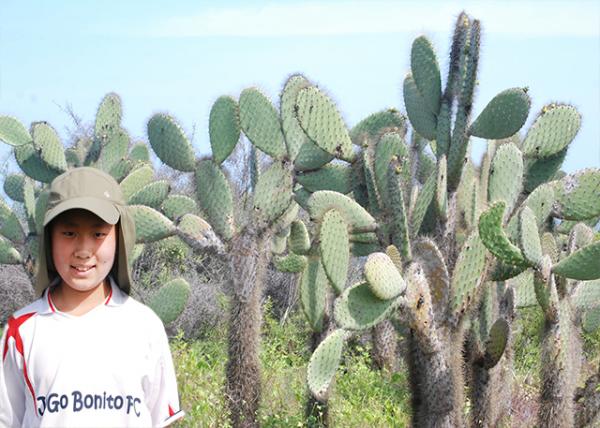 Giant Prickly Pear Cactus Forest Giant Prickly Pear Cactus Forest
(巨型仙人掌林 04-01-2013)
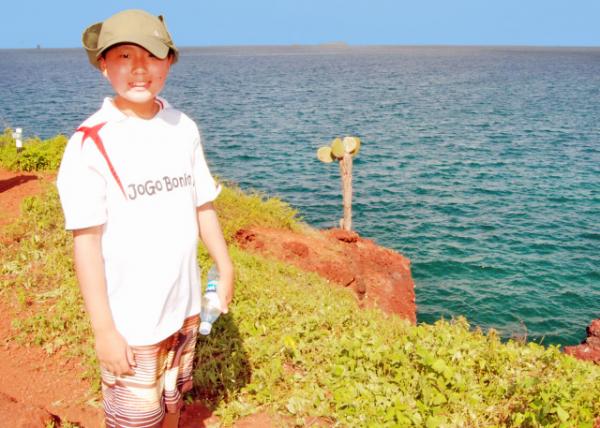 Endemic Opuntia Endemic Opuntia
(加拉帕戈斯群岛特有的神仙掌 04-01-2013)
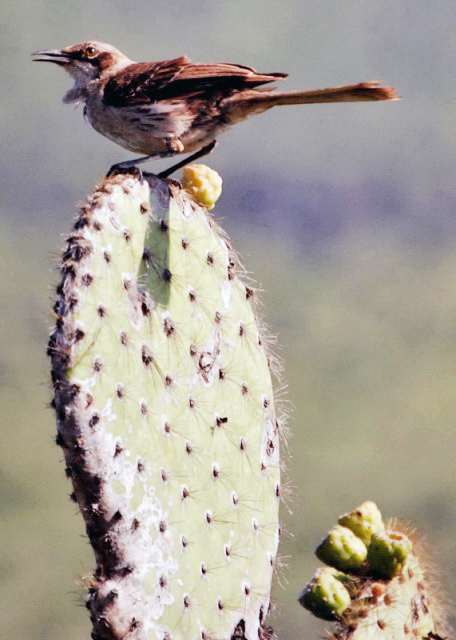
Galápagos Mockingbird w/ Inquisitiveness (好奇心旺盛的加拉帕戈斯仿生鸟) 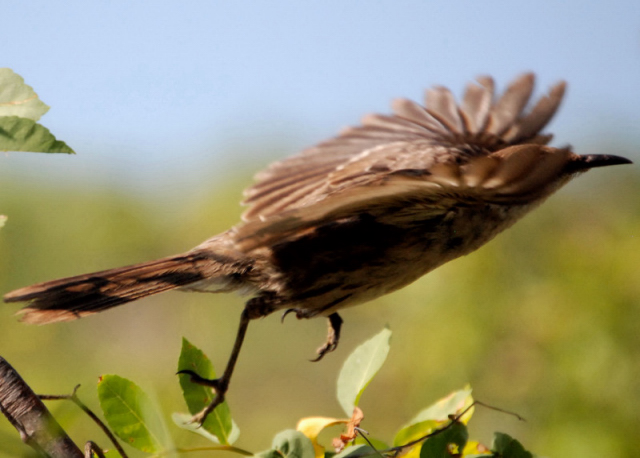
Galápagos Mockingbird in Fast-Flying (加拉帕戈斯仿生鸟疾飞) 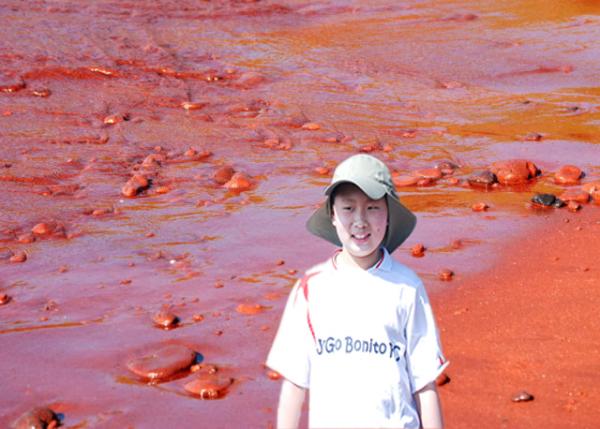 Red Sand due to the Oxidation @ the Moment of Its Formation Red Sand due to the Oxidation @ the Moment of Its Formation
(氧化作用导致沙滩呈红色 04-01-2013) 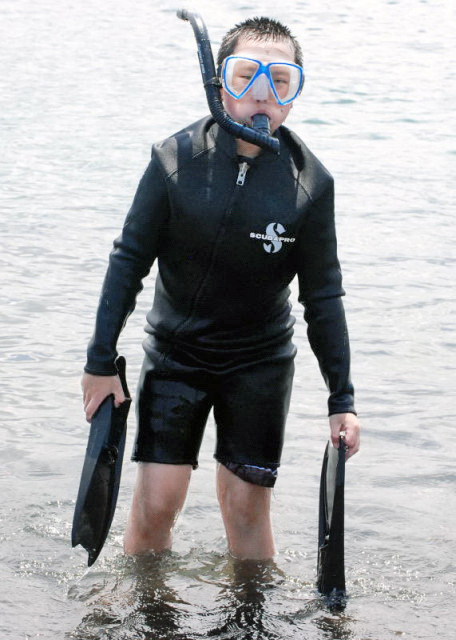
Snorkeling (浮潜 04-01-2013) 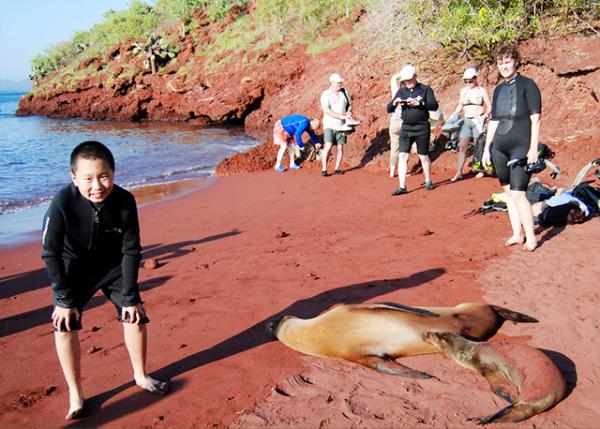 Fur Seals Basking on Red Sand Beach Fur Seals Basking on Red Sand Beach
(海狗·红沙滩上晒太阳 04-01-2013) 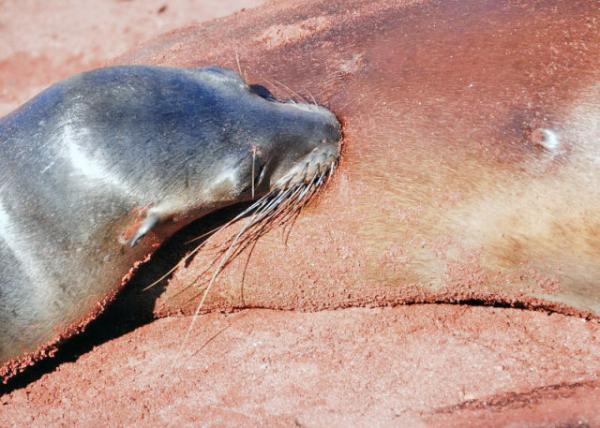 Fur Seal Pup Sucking Mom's Milk Fur Seal Pup Sucking Mom's Milk
(海狗宝宝吸吮母奶) 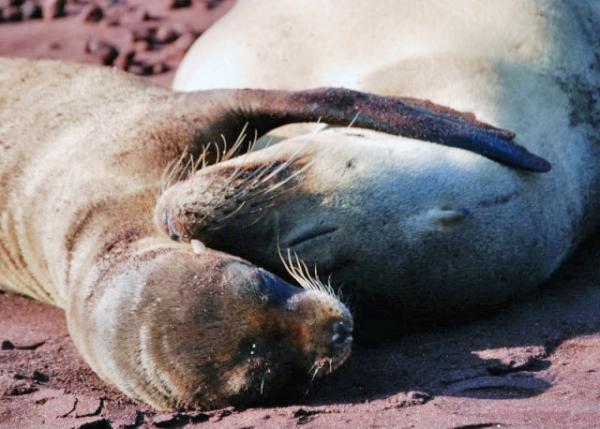 Mother & Pup Fur Seals Cuddled up Sleeping Mother & Pup Fur Seals Cuddled up Sleeping
(海狗母仔相拥而睡)
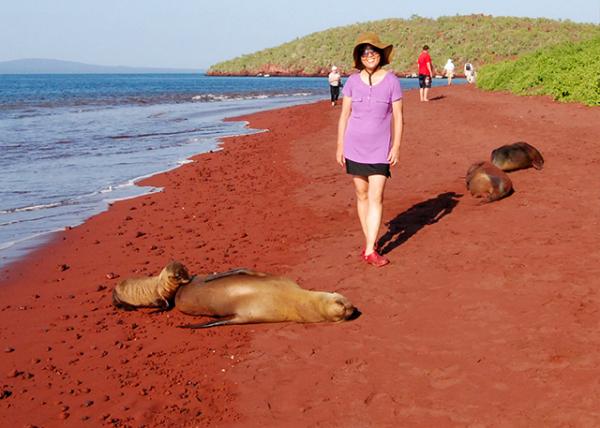 Maroon-Colored Beach w/ Fur Seals Maroon-Colored Beach w/ Fur Seals
(栗色海滩与海狗 04-01-2013) 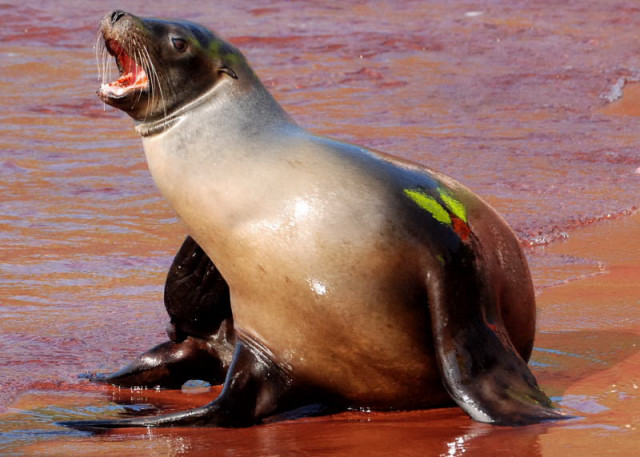
Females Exclusively Nurse Their Own Pups (母海狗只喂养自己的孩子) 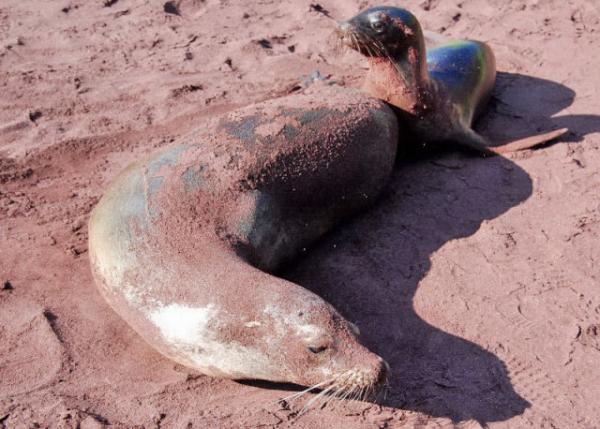 Female Fur Seal, Bearing Only One Pup @ a Time Female Fur Seal, Bearing Only One Pup @ a Time
(母海狗一次只生一崽)
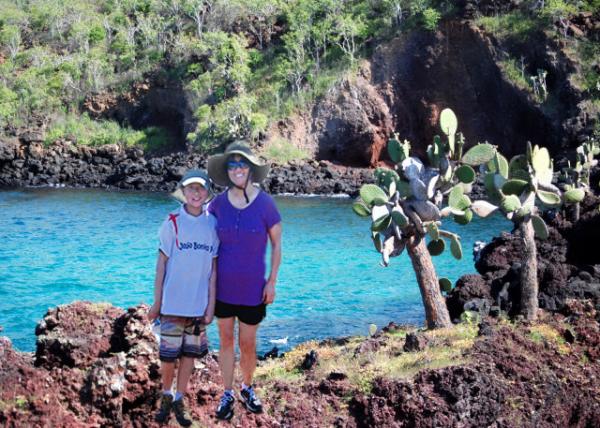 Saltwater Lagoon by Basaltic Lava Saltwater Lagoon by Basaltic Lava
(玄武石熔岩边海水泻湖 04-01-2013) 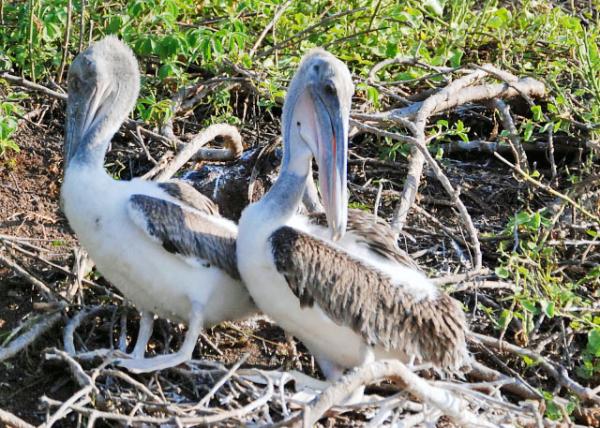 Galápagos Brown Pelicans, a Living Symbol of How Successful Wildlife Conservation Can Be Galápagos Brown Pelicans, a Living Symbol of How Successful Wildlife Conservation Can Be
(加拉帕戈斯褐鹈鹕·野生动物保护成功的鲜活象征) 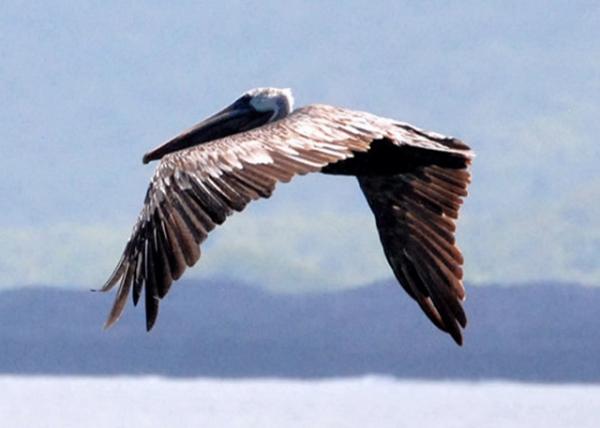 Galápagos Brown Pelican in Flight Galápagos Brown Pelican in Flight
(飞行的加拉帕戈斯褐鹈鹕) 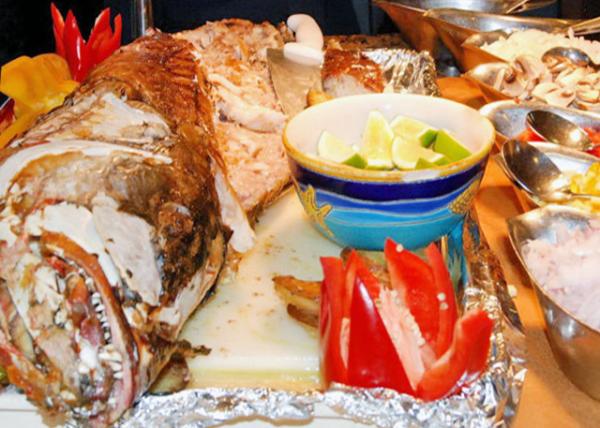 Baked Sea Bass for Dinner @ Celebrity Xpedition Baked Sea Bass for Dinner @ Celebrity Xpedition
(“名人·远征”号游轮——晚餐烤深海鲈鱼) Crosslinks(相关博文): 2013: Santa Cruz Island, Ecuador(厄瓜多尔十字架岛)
2013: Kicker Rock/Witch Hill, Ecuador(厄瓜多尔睡狮岩女巫岭) 2013: Frigatebird Hill, Ecuador(厄瓜多尔军舰鸟山) 2013: N.Seymour, Ecuador(厄瓜多尔北黑暗岛) 2013: Bachas Beach, Ecuador(厄瓜多尔驳船海滩) 2013: Bartolome Island, Ecuador(厄瓜多尔农夫之子岛) 2013: Sullivan Bay of Santiago Is, Ecuador(厄瓜多尔圣地亚哥岛苏利文湾) 2013: Isabella Island, Ecuador(厄瓜多尔伊莎贝拉岛) Ecuador(出游厄瓜多尔)
South America(漂流南美洲) 小学四年级(4th Grade) |
